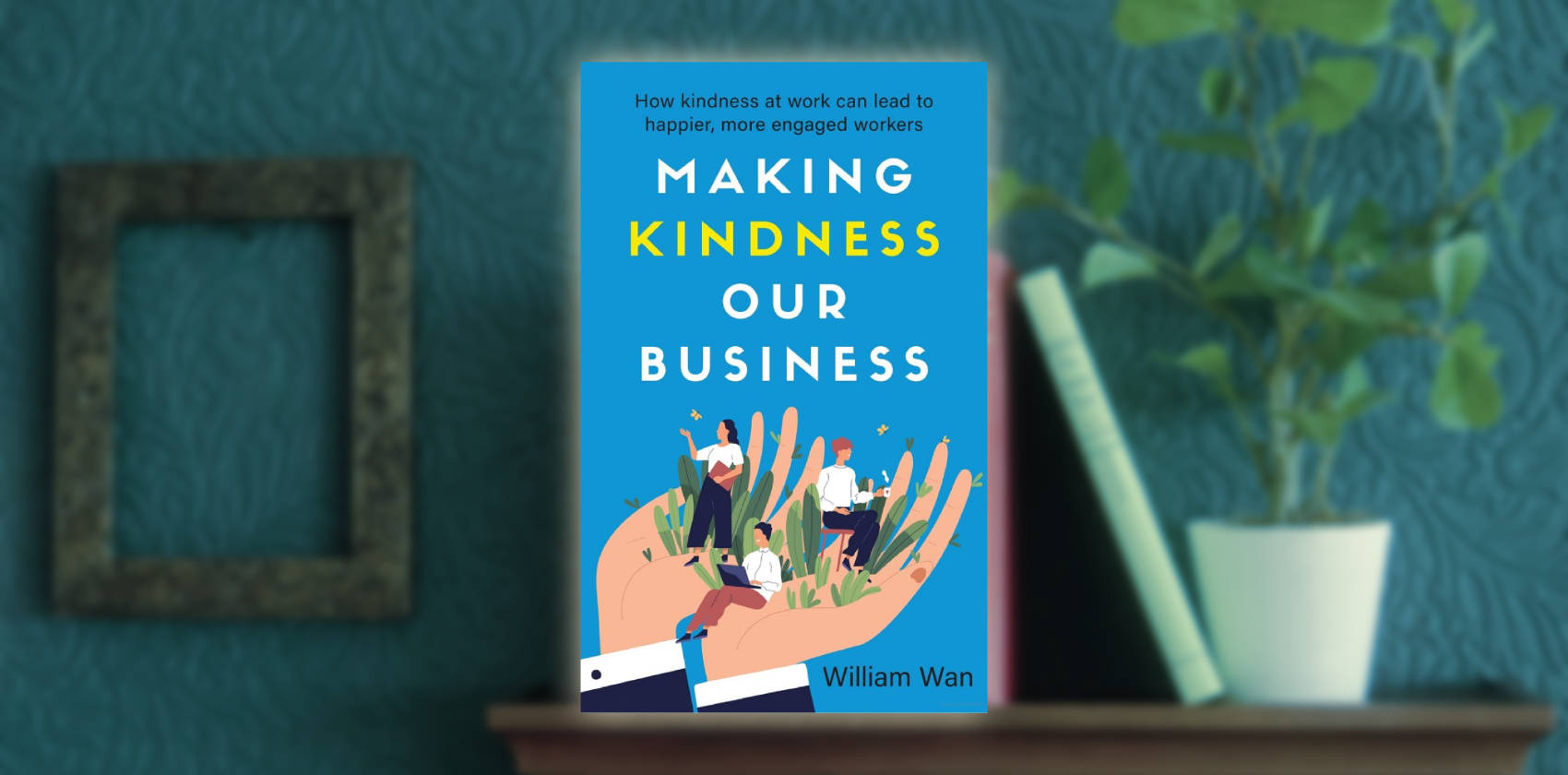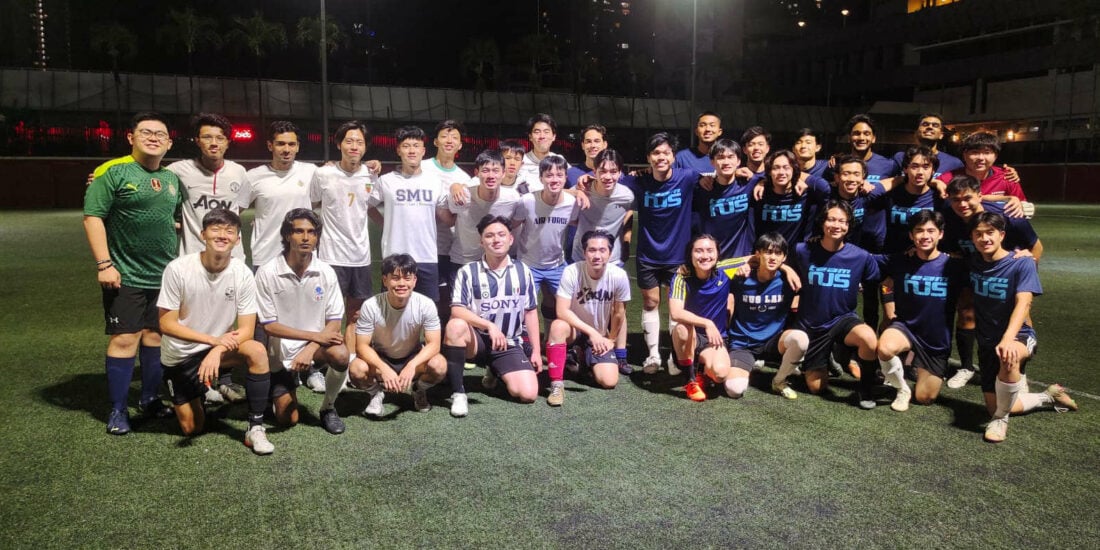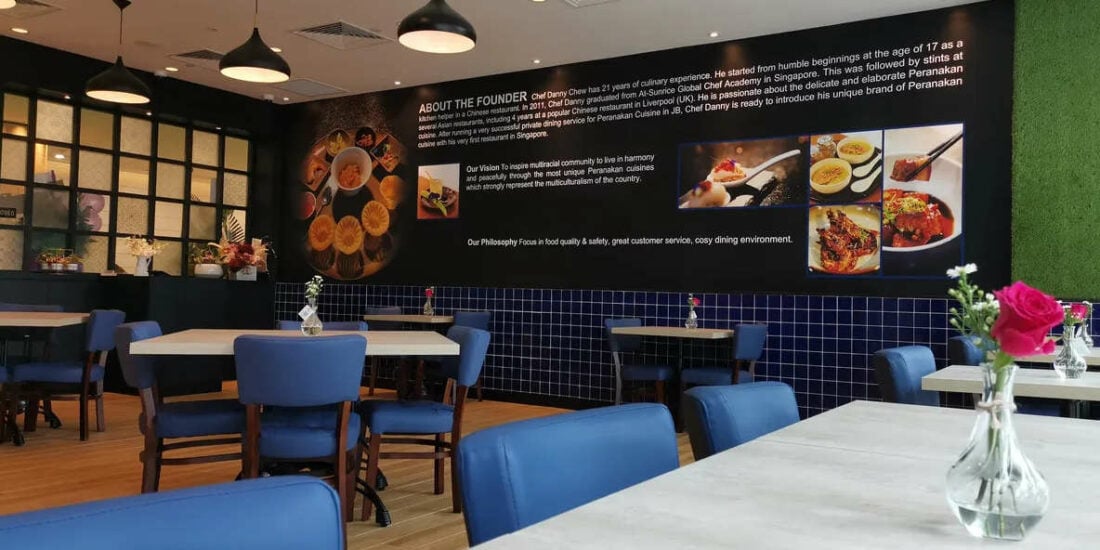Making Kindness Our Business
Dr William Wan
In the opening message in Making Kindness Our Business, Minister Edwin Tong, Minister for Culture, Community and Youth and Adviser, Singapore Kindness Movement poses a philosophical, psychological and practical question rolled into one: “We spend so much of our lives at work, so how can we improve our well-being and enjoy the interactions that we have with others?”
The godfather and General Secretary of the Singapore Kindness Movement, the one-of-a-kind Dr William Wan, in his collection of essays in his handiwork attempts to answer that question. And in the process he has kindly gifted us a lasting and life-giving legacy that serves as a handy resource.
This monograph of kindness at work is both informative yet practical, intellectually persuasive yet emotionally resonant, for reading pleasure and reflection pause (with useful discussion prompters at each chapter’s end). They aid introspection and application.
In his own opening act in Making Kindness our Business, Dr Wan addresses the perennial question of whether kindness and performance are mutually exclusive. He makes a persuasive case to refute the anti-thesis by contending that the practice of kindness and graciousness at work can lead to better performance and profitability. A critique of this chapter is that the business case for kindness could have been made more compelling by referencing studies (including Dan Schwartz’ 2015 article titled Is Kindness the Missing Link to Employee Performance) and organisational behaviour research, thereby putting the issue to bed. But that does not detract from the persuasive advocacy of the author.
Dr Wan constructs his case for kindness@work in Chapter 2 (part of Section II on “Kindness and Happiness”) by propounding that managing with kindness releases and regenerates the positivity that we need to succeed. In the author’s own words: “Kindness is my passion. It energises me because it is a positive energy. I have been positive for as far as I can remember and refuse to let negative people or circumstances in life dampen my spirit for too long.” In this chapter, without distracting detail, he transparently shares his own journey – three big road bumps that he had to overcome in life. He has walked the talk, as difficult as that journey that he recounts was, not only with a good measure of kindness but also “a good spread of forgiveness”. In his own words again: “A kindness mindset of letting passing things pass liberates me from the past so that I can fully live life in the present and positively look forward to the future.”
In the next chapter, he reveals a secret key to motivation at work: “challenge yourself to do something kind for someone else and see the difference it makes”. He cites a 2012 JobsCentral survey conducted by Jobs Central that found that two out of three Singaporean workers indicated that their workload had increased in the past six months and that stress levels had risen in the same period. He also refers to a few other study/research reports including a 2006 study published in the Journal of Happiness Studies confirming that doing a kind act bestows a sense of satisfaction not only on the receiver but also on the one who performs the act and those who witness it.
Rounding up this second section in Chapter 4, he tackles a rarely discussed question: “Are You Kind to Yourself?”. Answering this requires self-awareness and self-engagement. He makes a perceptive observation in this chapter that happy, balanced and successful people practise self-love and compassion. He suggests three handles on practising kindness to ourselves in the workplace context: (1) bring your whole, authentic self to work; (2) build resilience to better handle life and work challenges; and (3) maintain a positive attitude.
In the next Section, he writes about leadership. Among others, he makes the point as per the chapter 5 heading i.e. “Lead with Kindness, You will get better results”. He observes that kind leaders are able to focus on both the bottom-line and the needs of their people, and finish first with the right approach and strategy.”. In the next chapter, he develops the theme of the positive feedback loop between kindness and happiness.
In Section IV, he devotes four chapters to “Teamwork”. In particular, he places a heavy emphasis on gratitude which he has authored two chapters on i.e. Chapters 8 and 9 on “Building a Culture of Appreciation and Gratitude”. A key motif in this monograph is the neurological impact of kindness. For instance in chapter 8, he quotes O. C. Tanner’s 2017 article “The psychological effects of workplace appreciation and gratitude” that studies have shown that appreciation and gratitude generate significant positive effects on employees’ well being and health. Scientifically, the hypothalamus controlling our basic bodily functions such as eating and sleeping – and dopamine, the “reward transmitter” are heavily affected by feelings of gratitude. These neurological insights have been niftily embedded into this book.
In Chapter 10, he covers the hot button issue of integrating locals and foreigners; specifically, in a multicultural workplace. This too involves kindness. Practices emphasized here include helping new foreign employees adapt to local workplaces and local culture and at a much more visceral level, eliminating bias.
It would not be surprising, given the remit of Dr Wan’s book, that Corporate Social Responsibility is featured. The author devotes four chapters to this. Among other things, he addresses the cynical among us who may have been duped by scammers with his disarming, direct writing style: “ So here is our challenge. Can we still be kind despite this danger of being cheated?”. And his resounding response: “Yes, we can and we should. There are real people in real circumstances who need help.”
In Section VI, Dr Wan navigates the digital workplace. Among others, his essays in this section discuss (1) whether technology is killing human connectivity? (Chapter 15); (2) where is kindness in the digital age? (the title of Chapter 16); and (3) can excellent customer service exist without kindness? (Chapter 17).
Moving on to a very topical area of the new normal in the last Section, Dr Wan gives invaluable perspectives on practising kindness@work in the New Normal (Chapter 18) and delves into Working From Home (WFH) in Chapter 19. He then closes his compendium of essays by addressing the “elephant in the room” of mental health. His observations on mental health will no doubt engender further thoughtful discussions on an area that simply cannot be ignored by businesses today.
In summary, Dr Wan’s global gift of kindness to readers worldwide makes a compelling case for the cardinal importance of kindness to business and kindness at business. There are obvious multiple win-win propositions for companies and business. Companies and businesses, employers and employees imbibing the kindness capsules in this book can assimilate the kindness culture into their work environments. It begins with basics: treat all around you @ work kindly.
I am persuaded that Dr Wan’s book will win over the unconverted and sceptical employers with its kindness offensive delivered with the author’s winsome writing style.
Making Kindness Our Business is an unstoppable kindness offensive for good that the world needs now.







